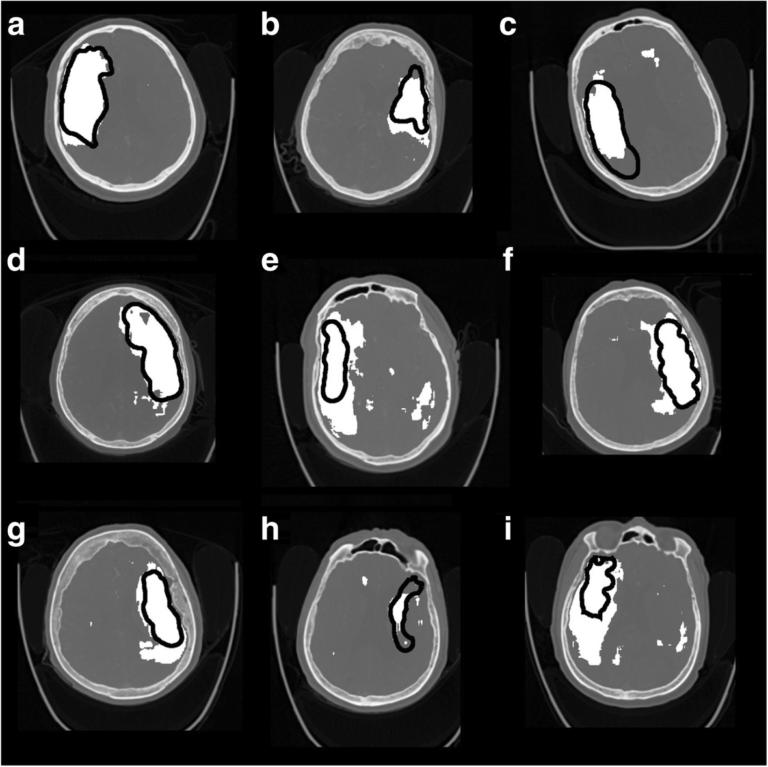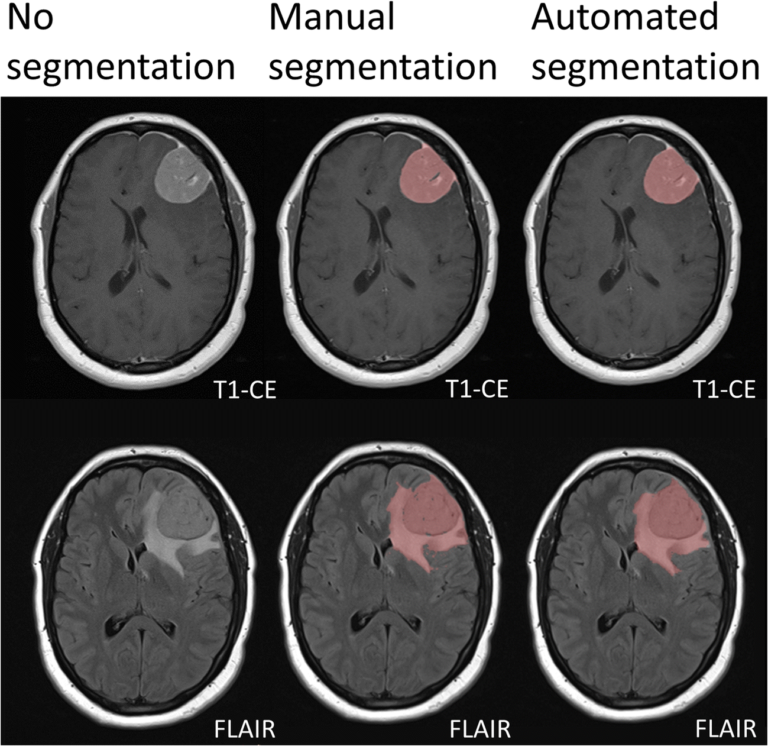
Strategic research agenda for biomedical imaging
Over the last years, medicine has been moving further towards providing a more tailored, patient-centric approach by taking into account as much information as possible to deliver personalised solutions for the individual patient; certainly, radiology and other imaging-based technologies have facilitated this to a great extent. But what will be the way for the future? What are the challenges that


















